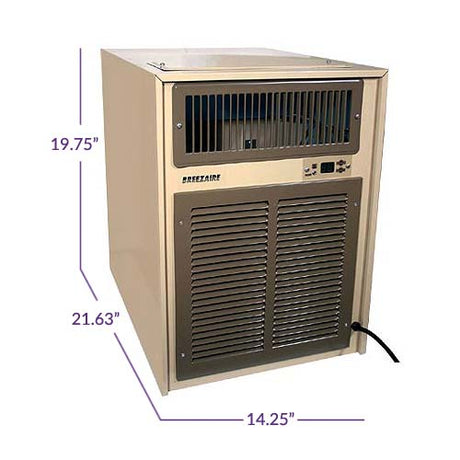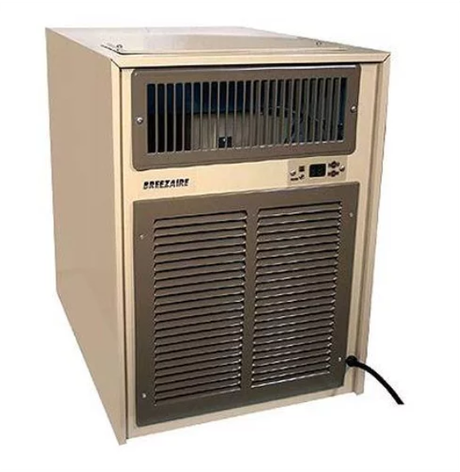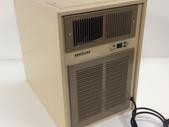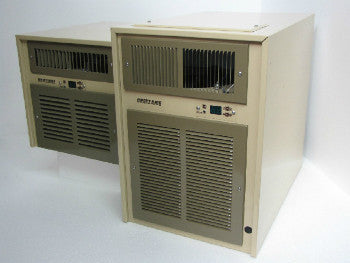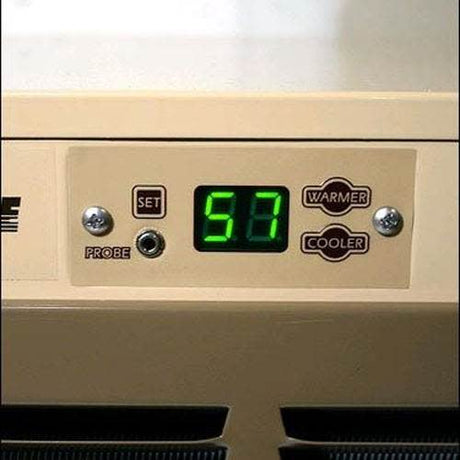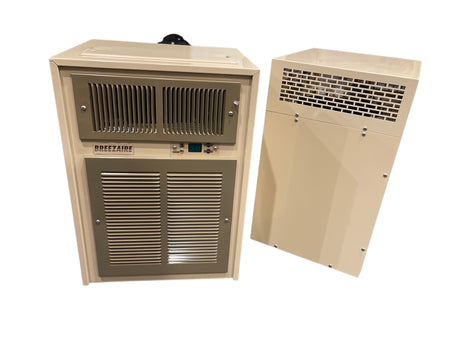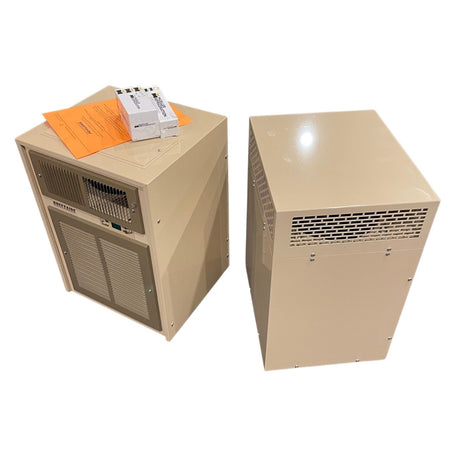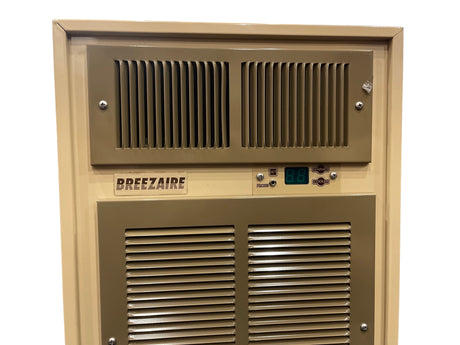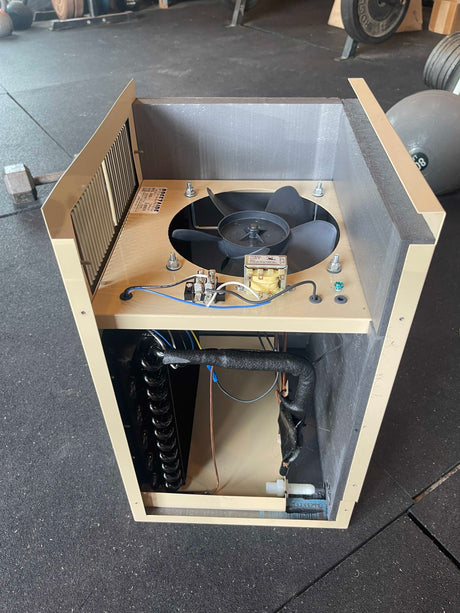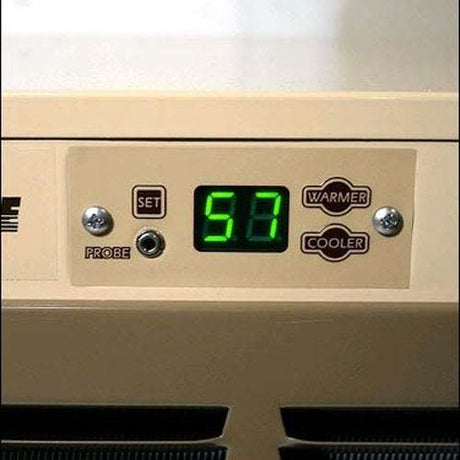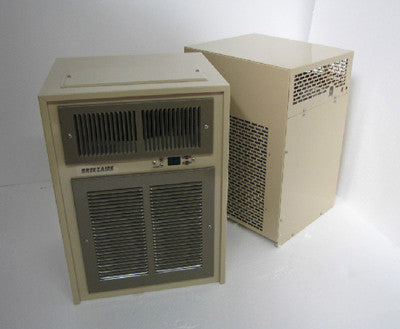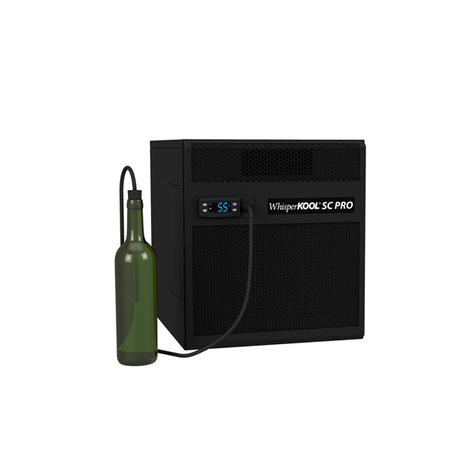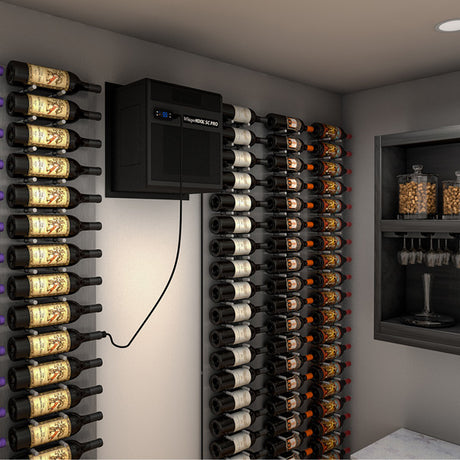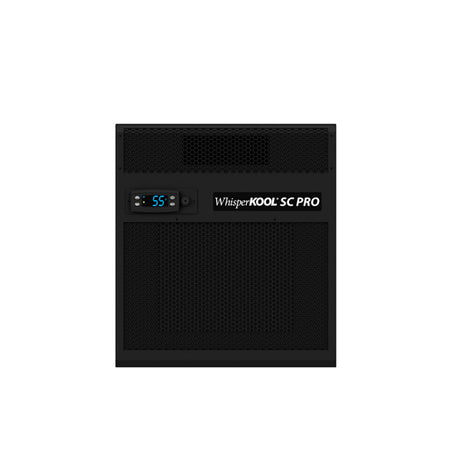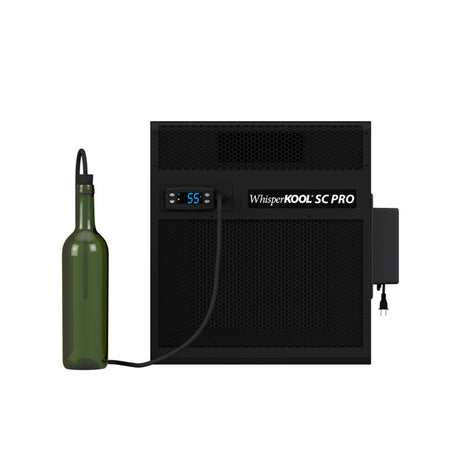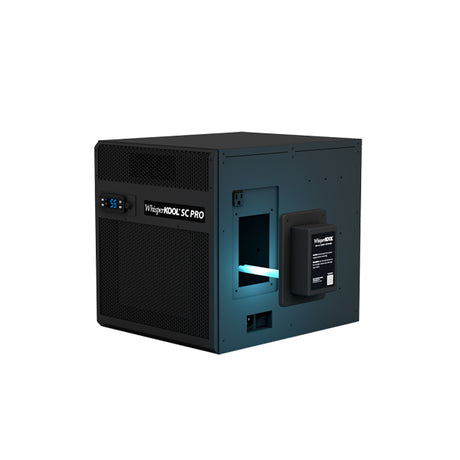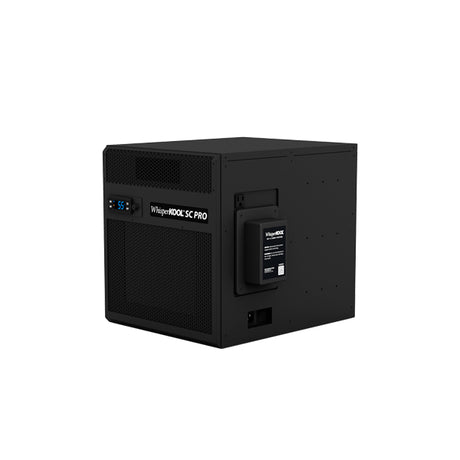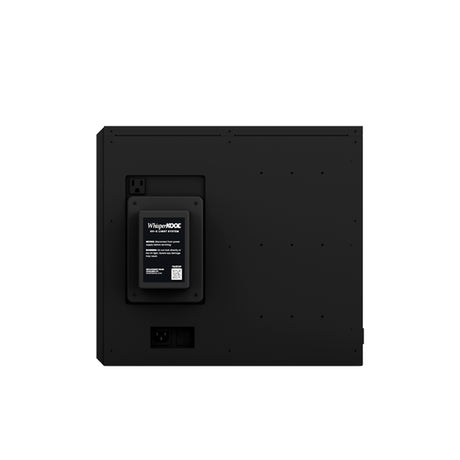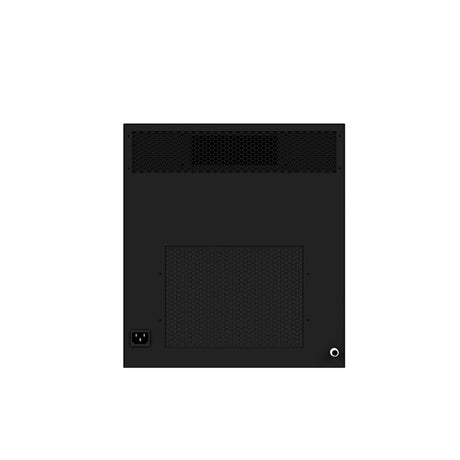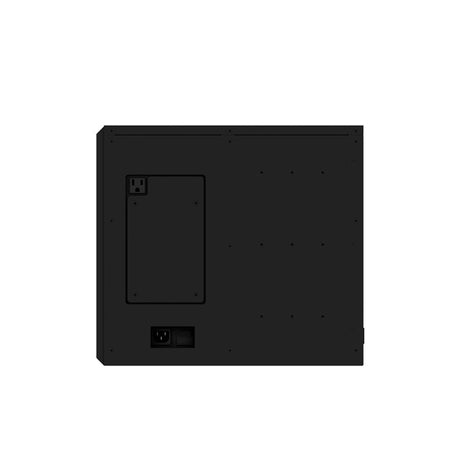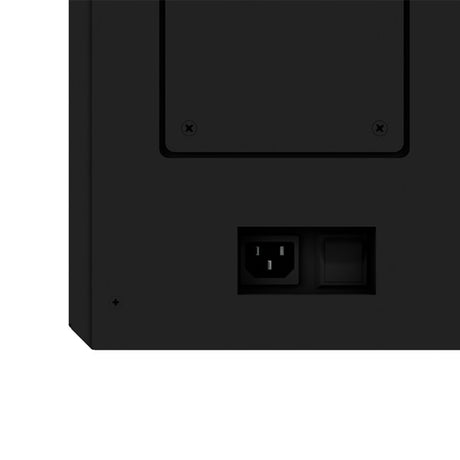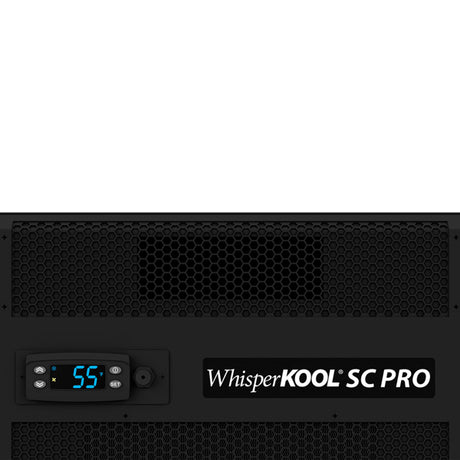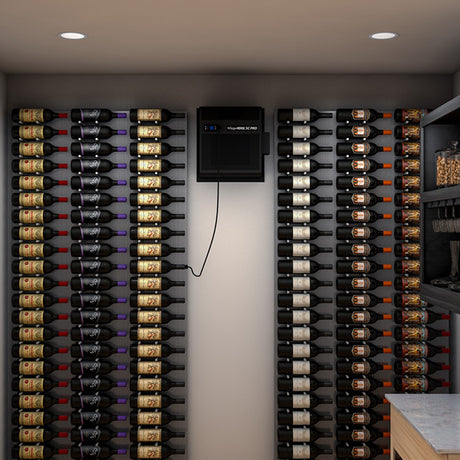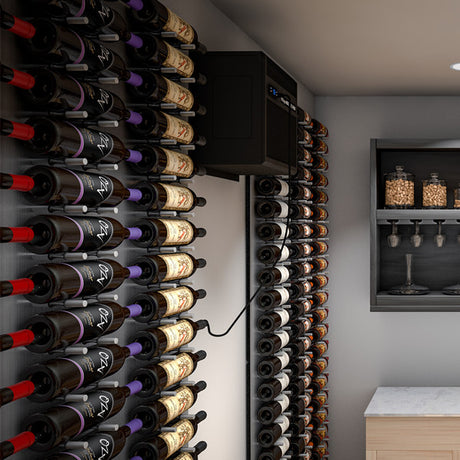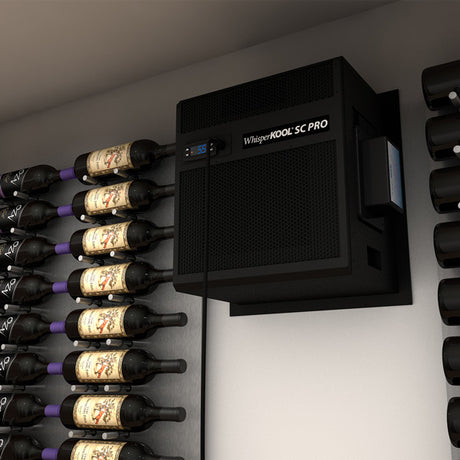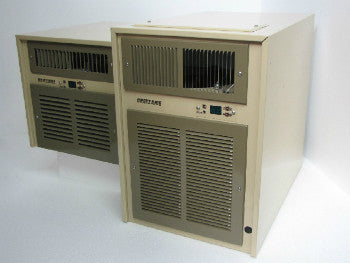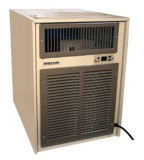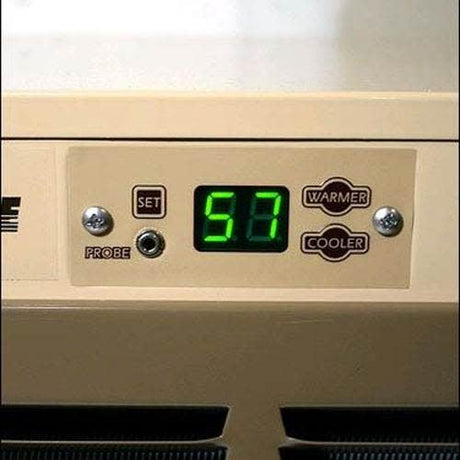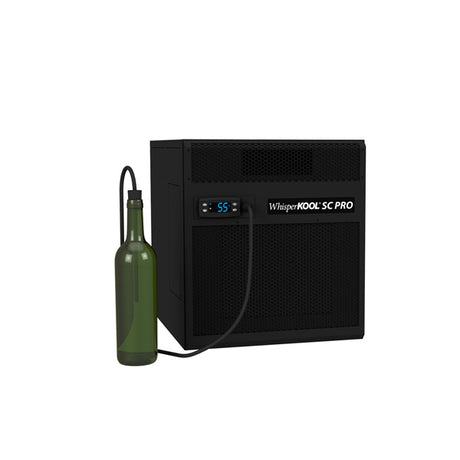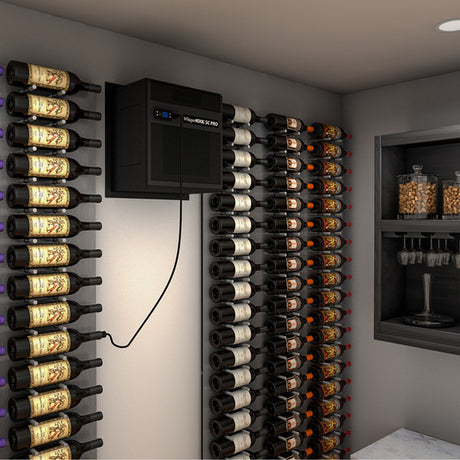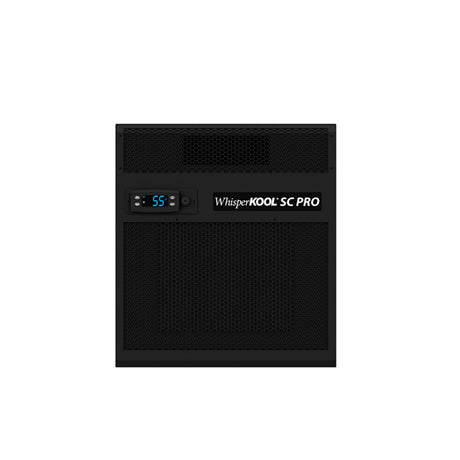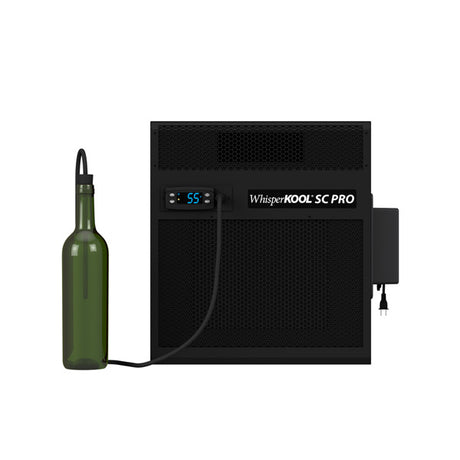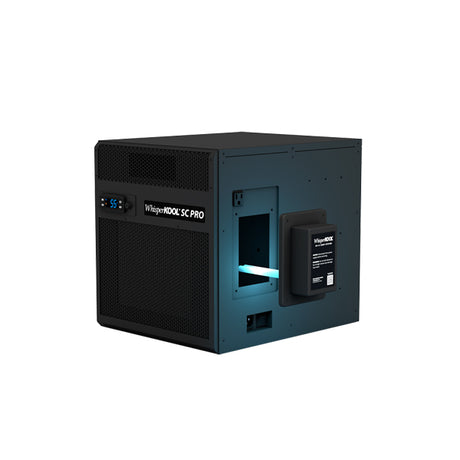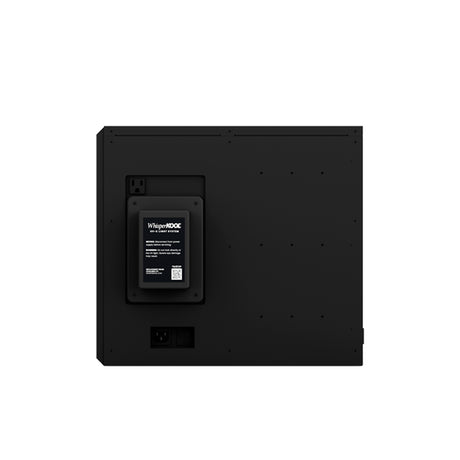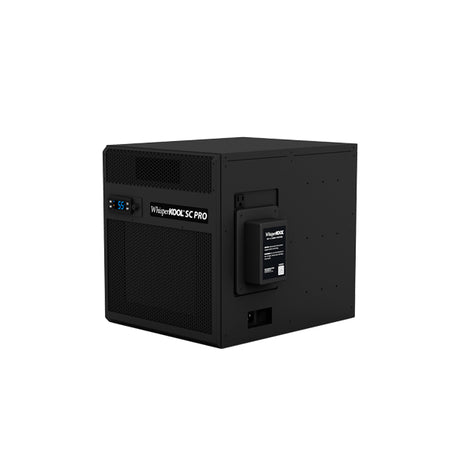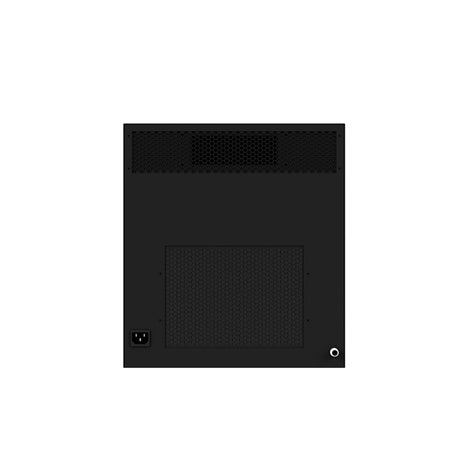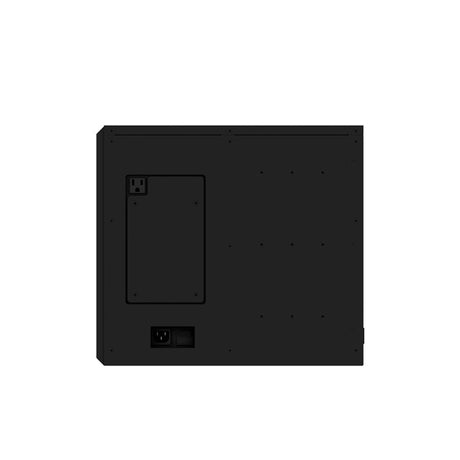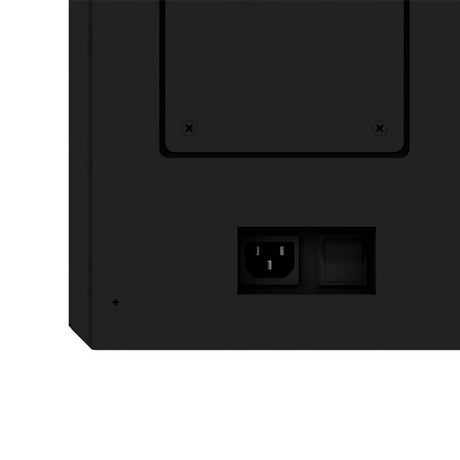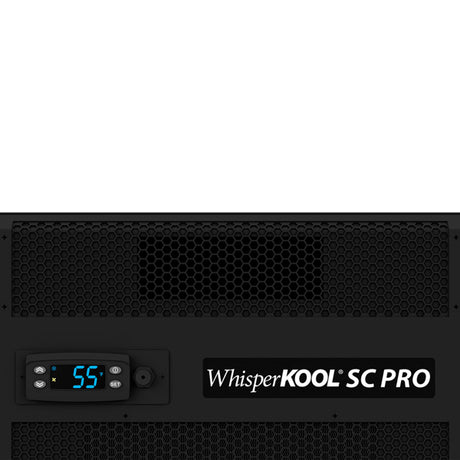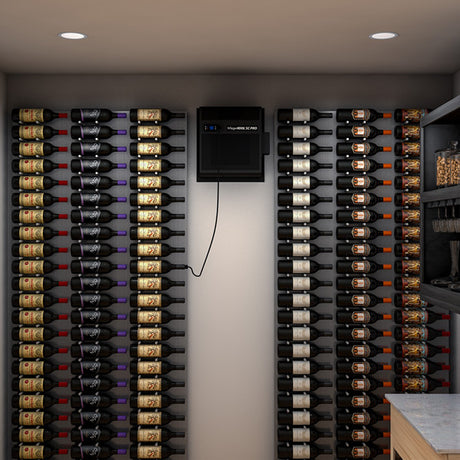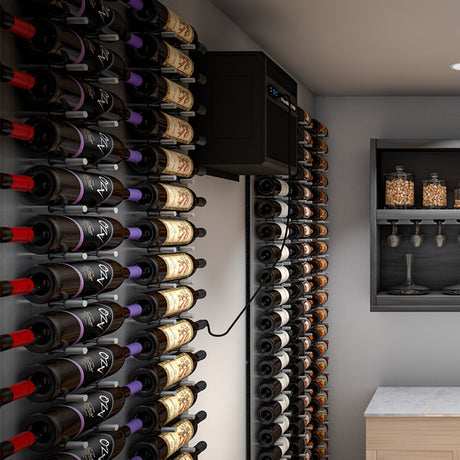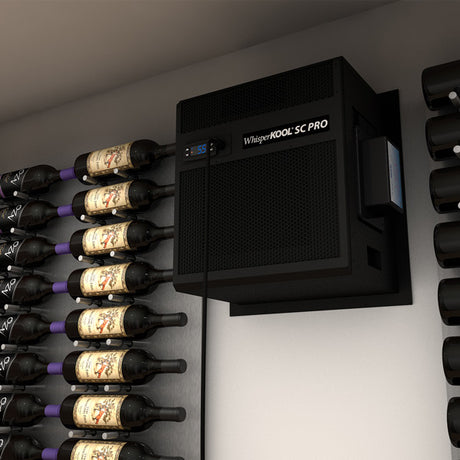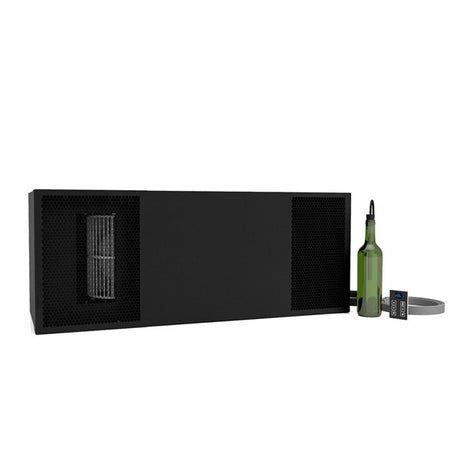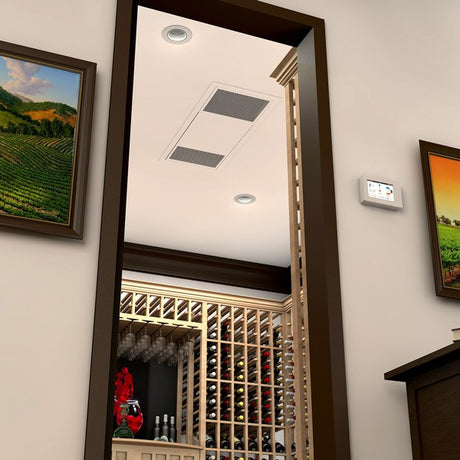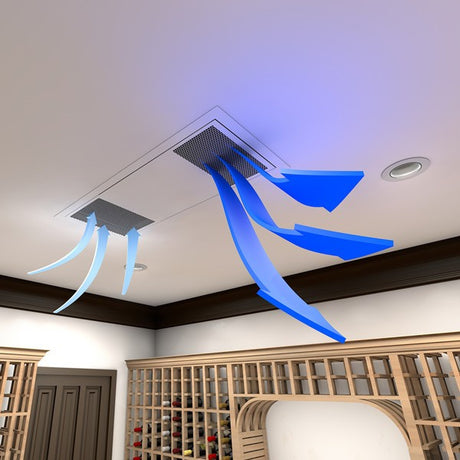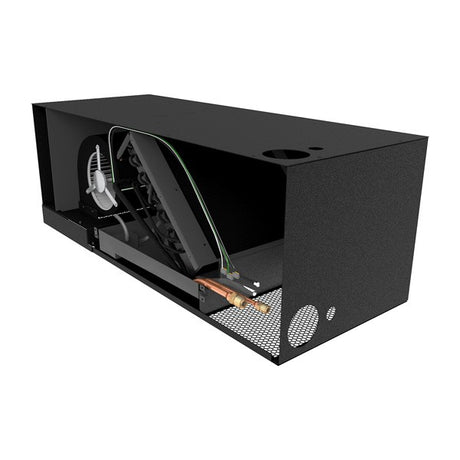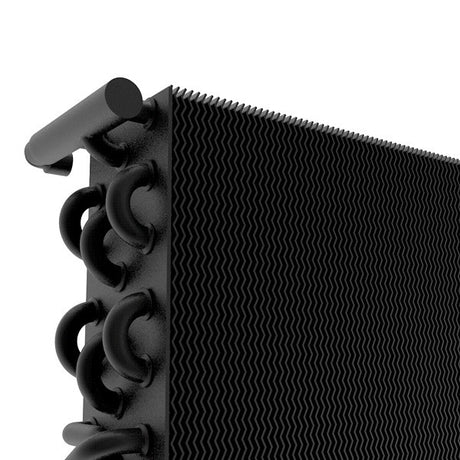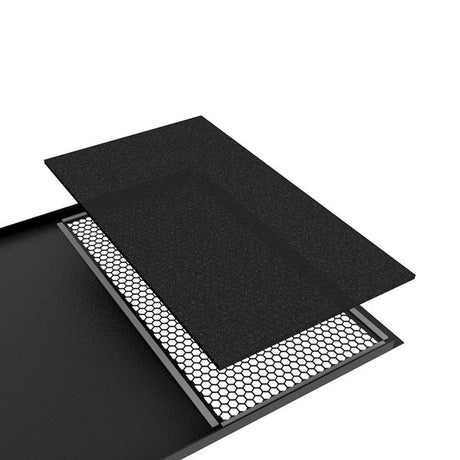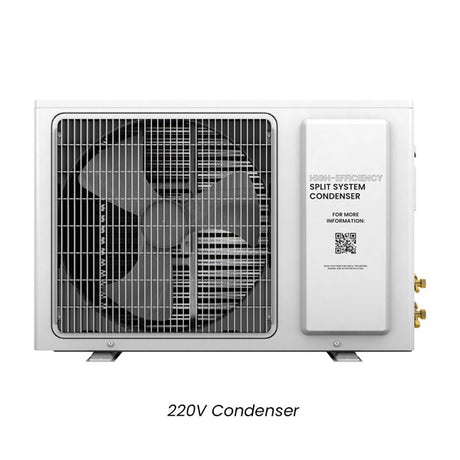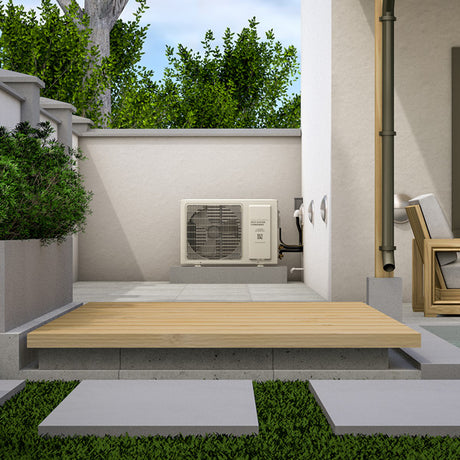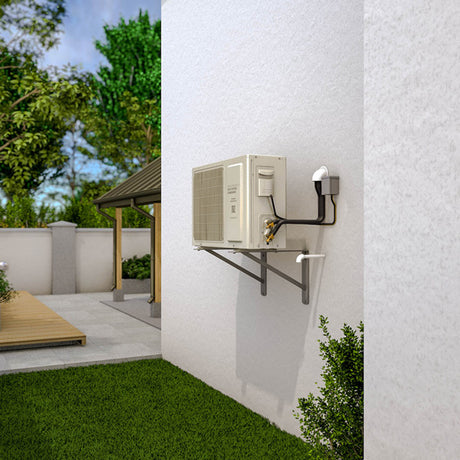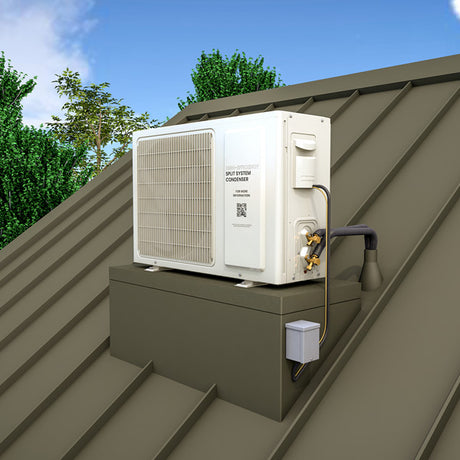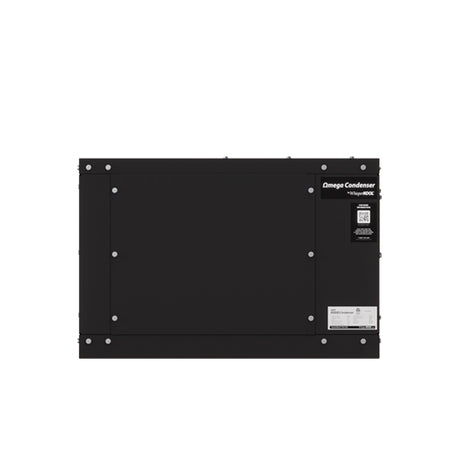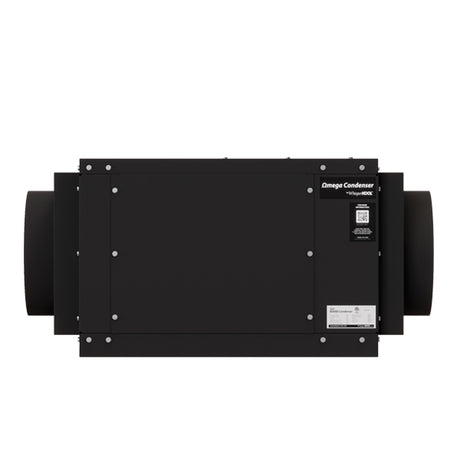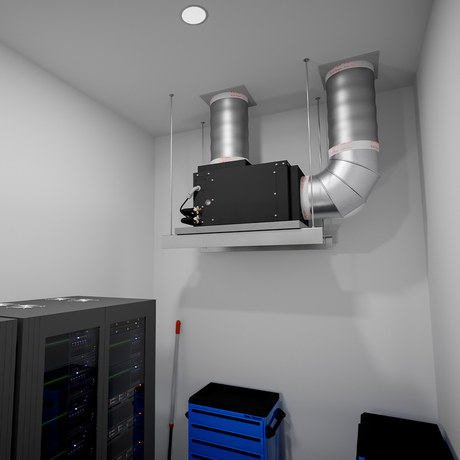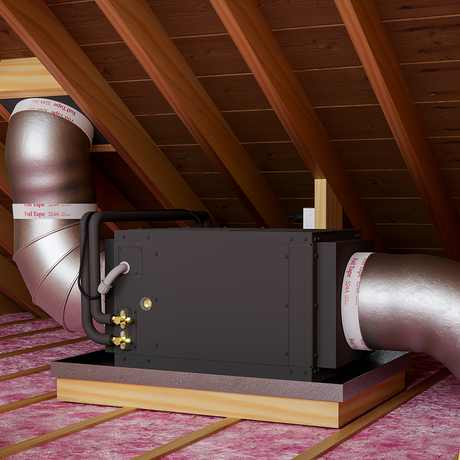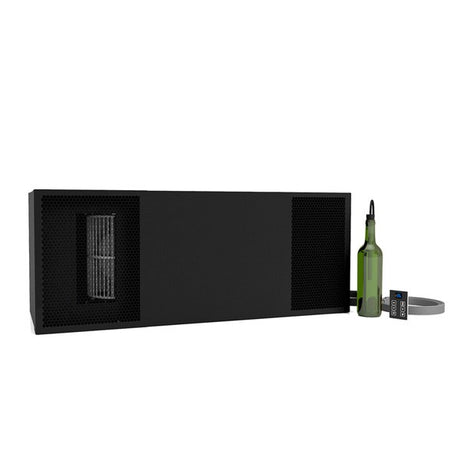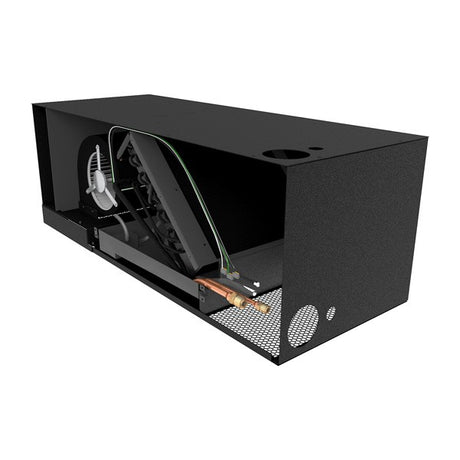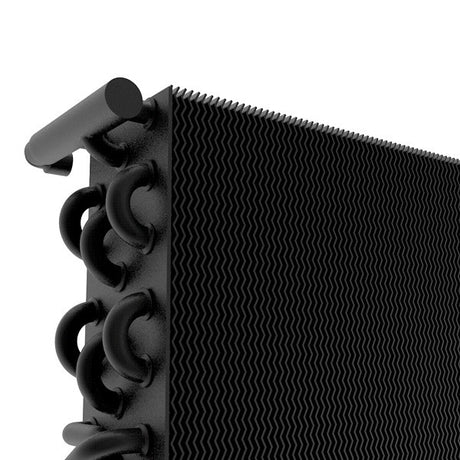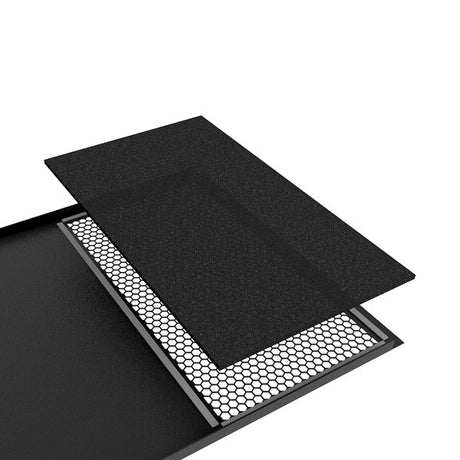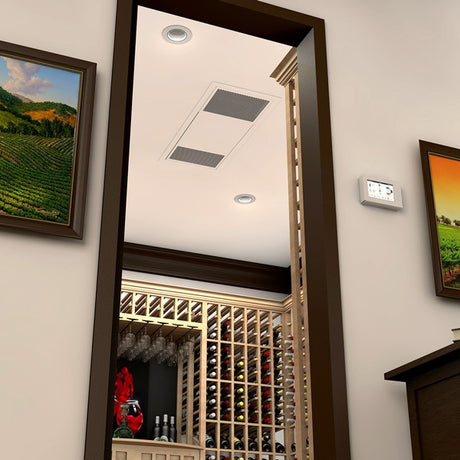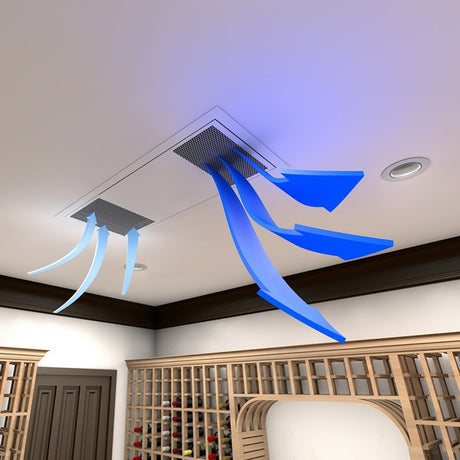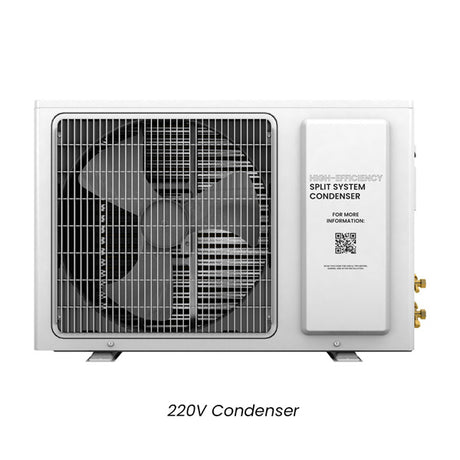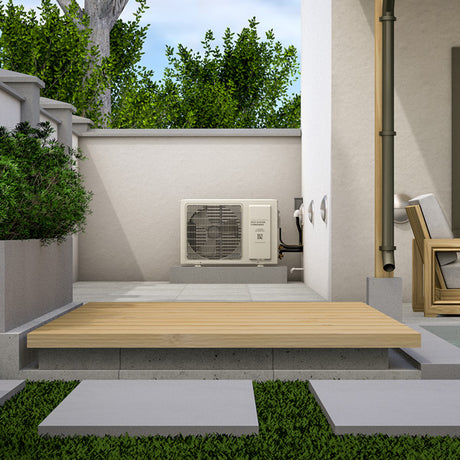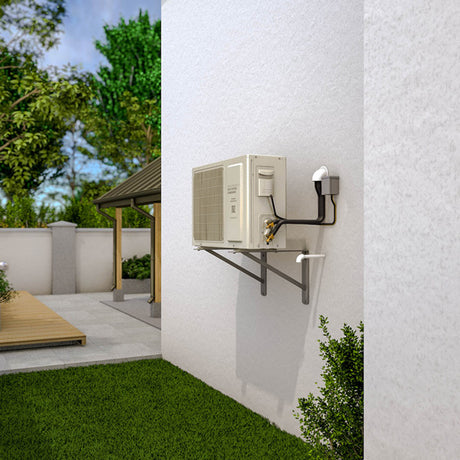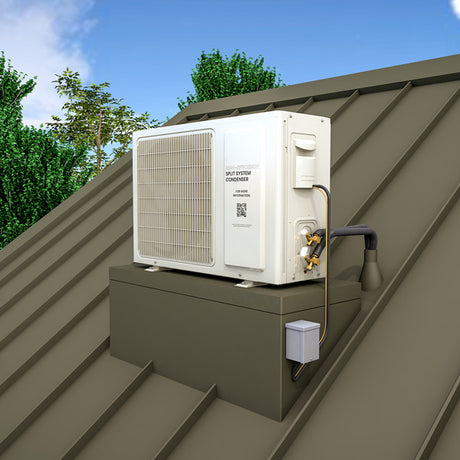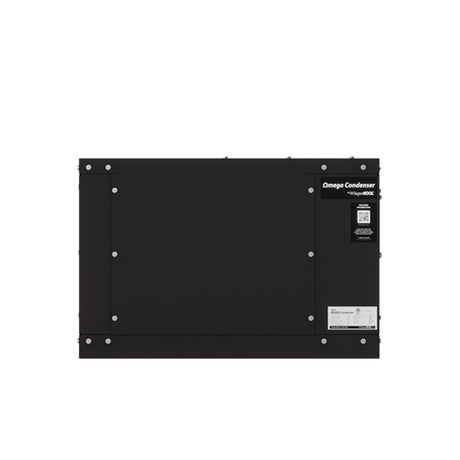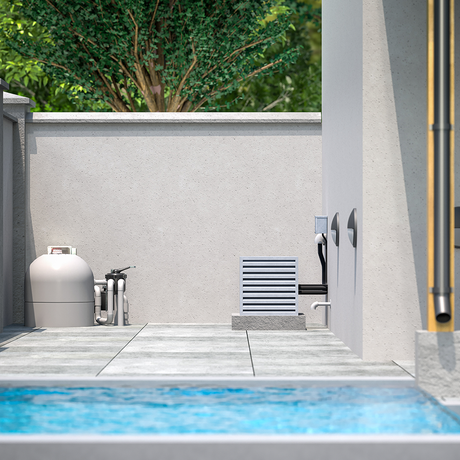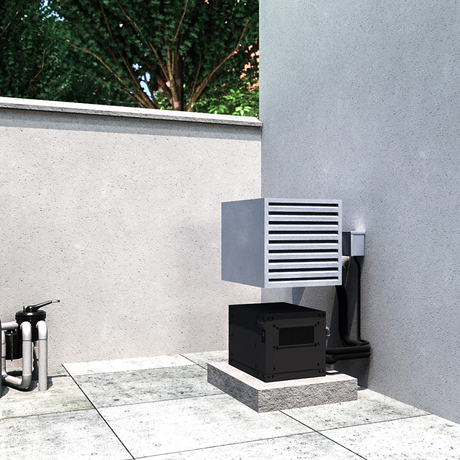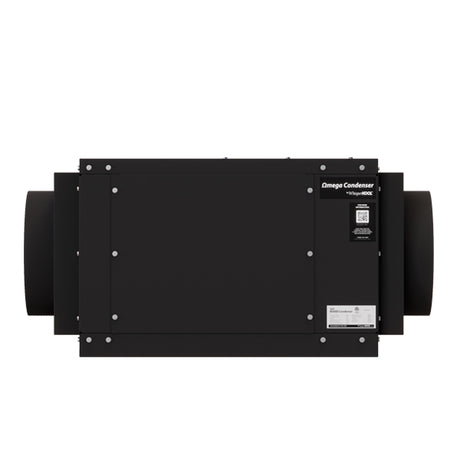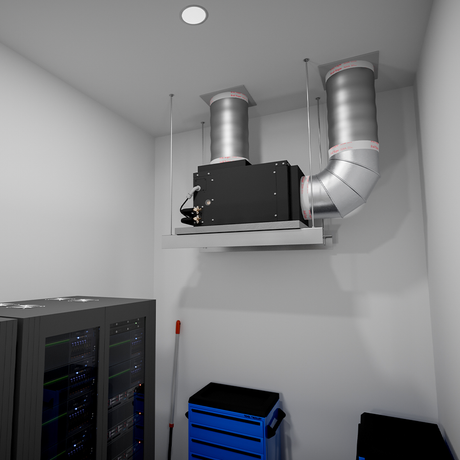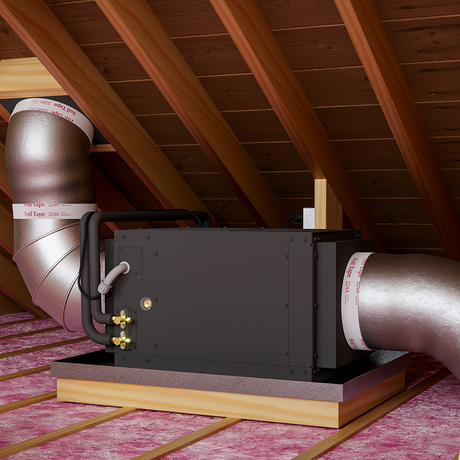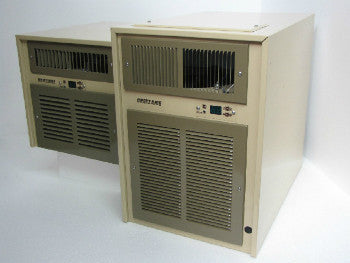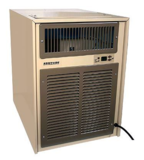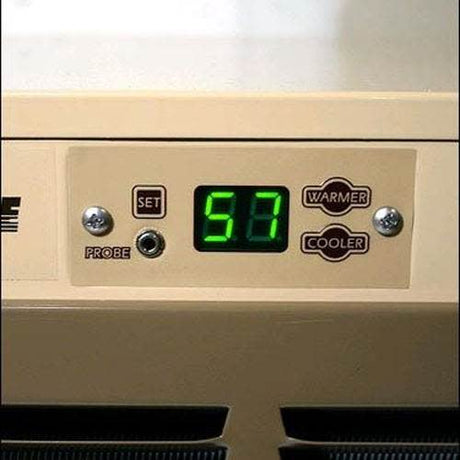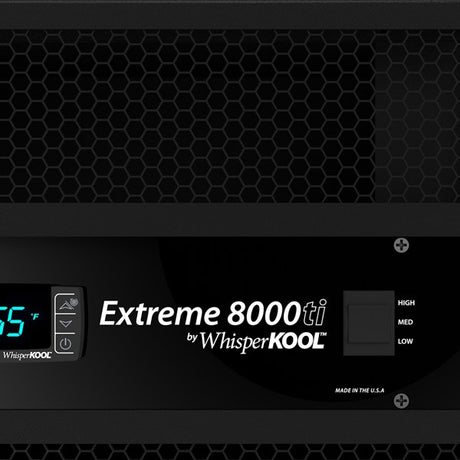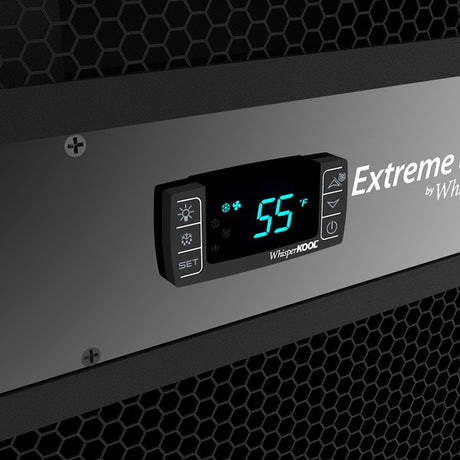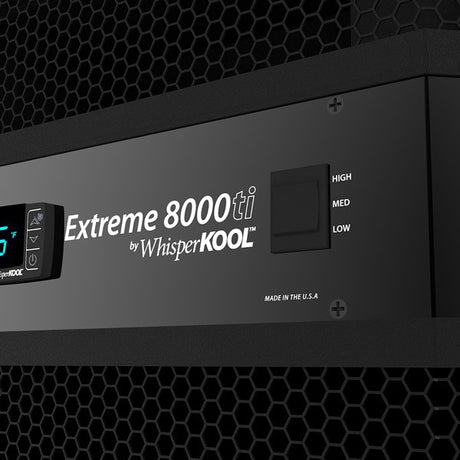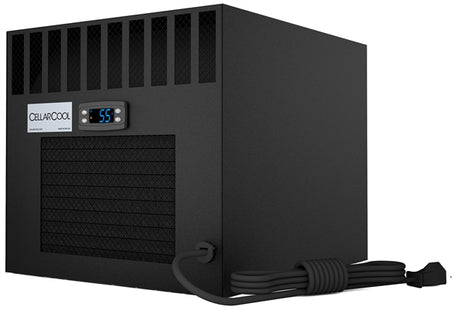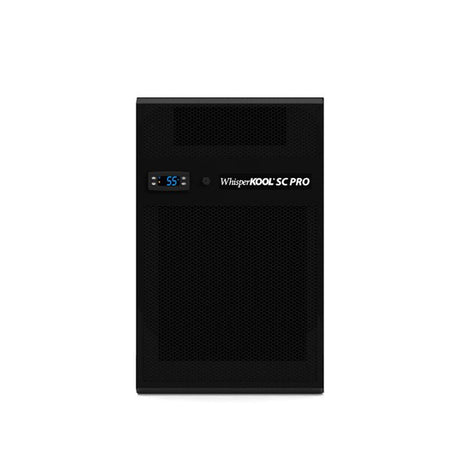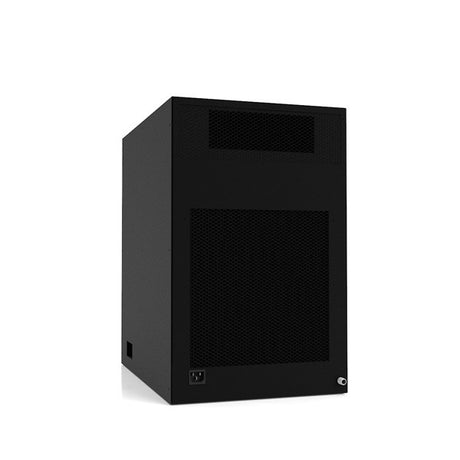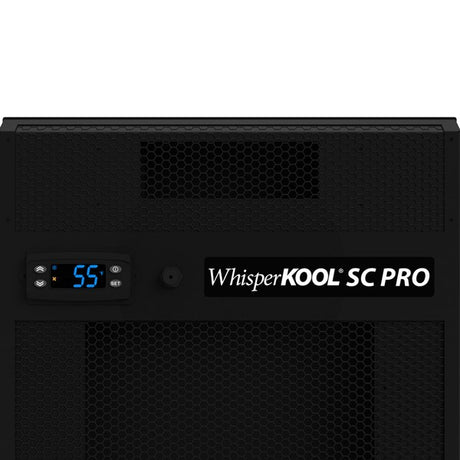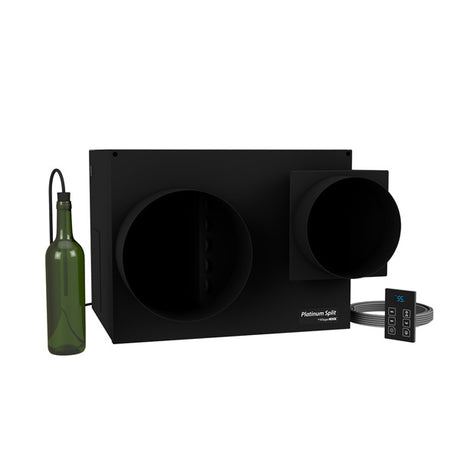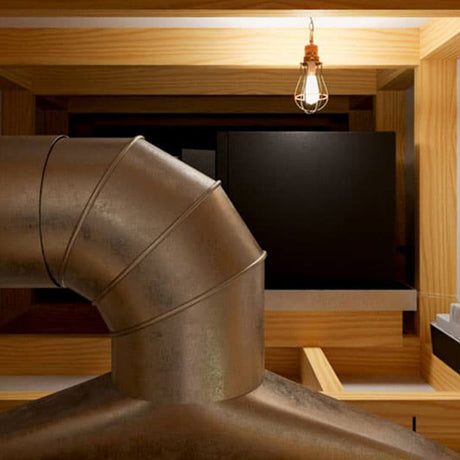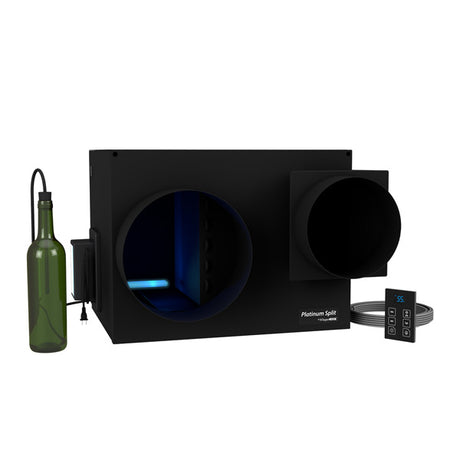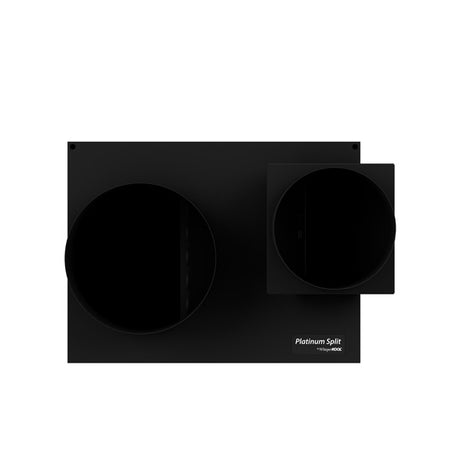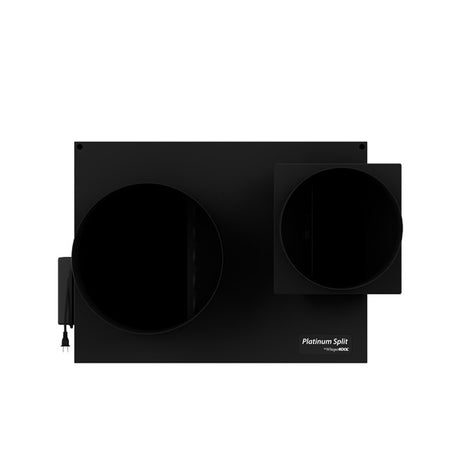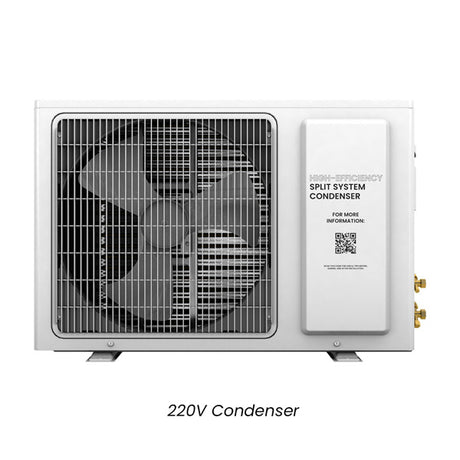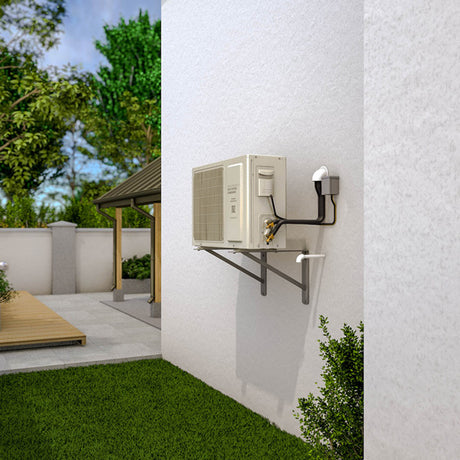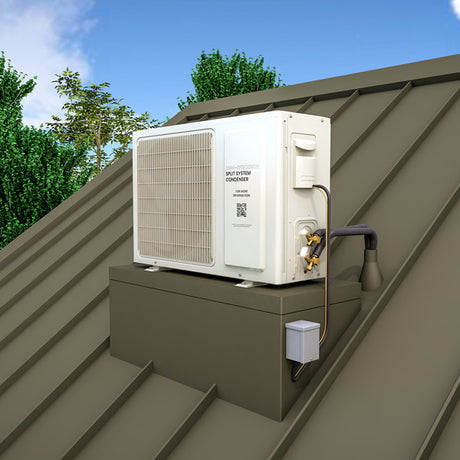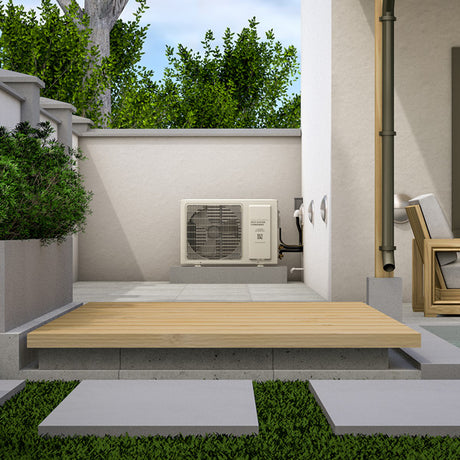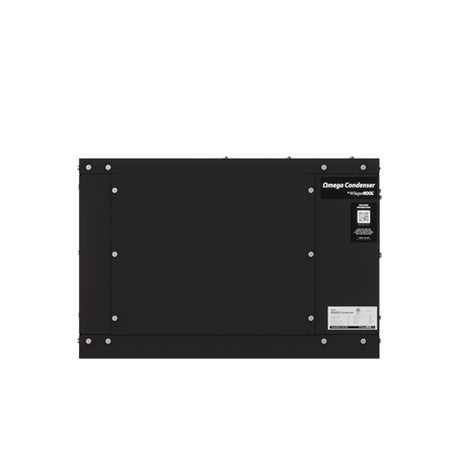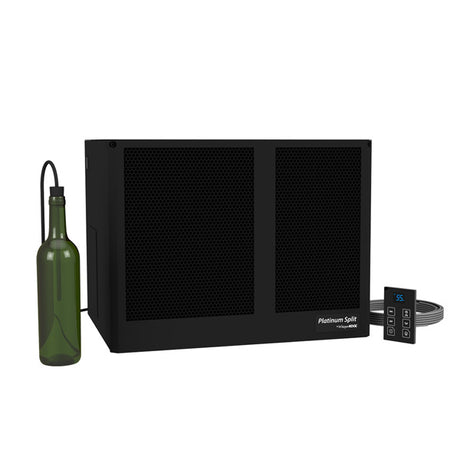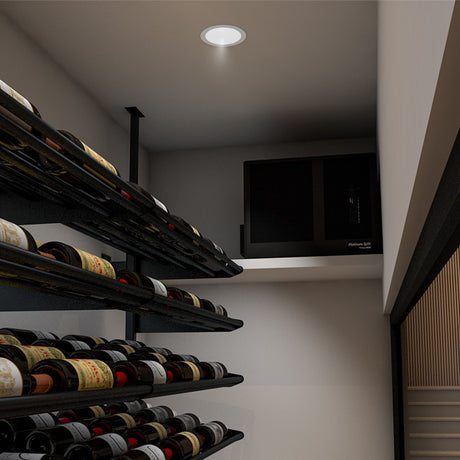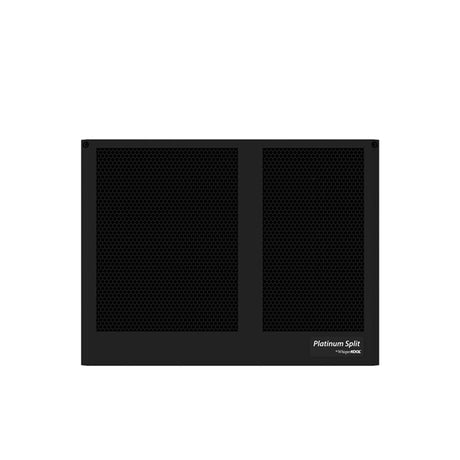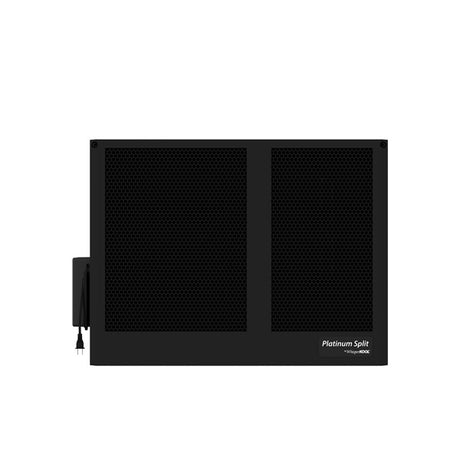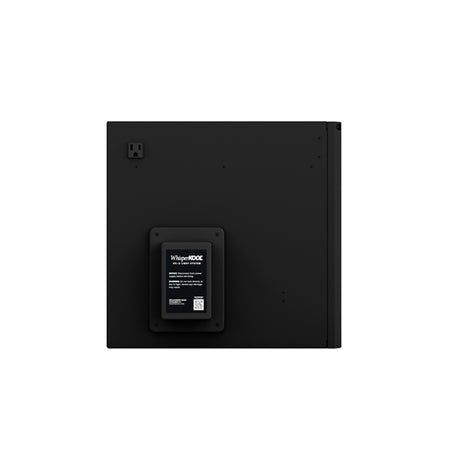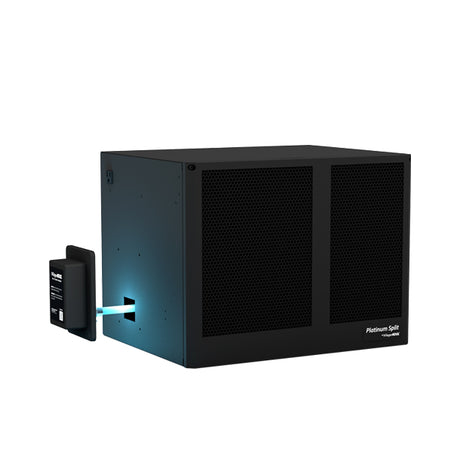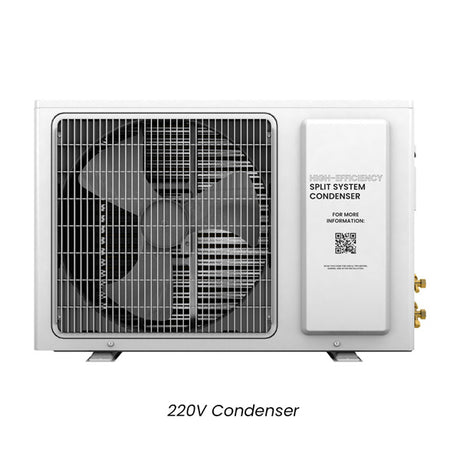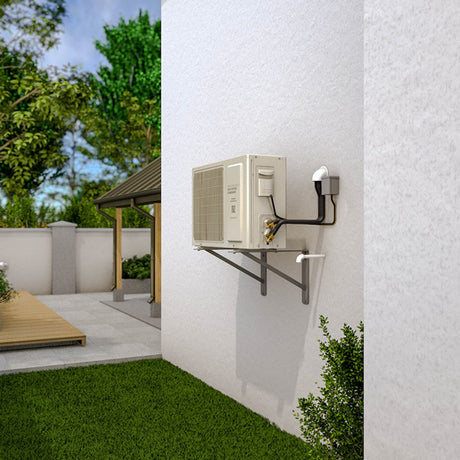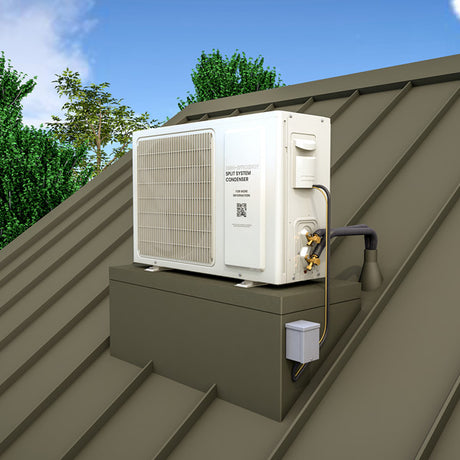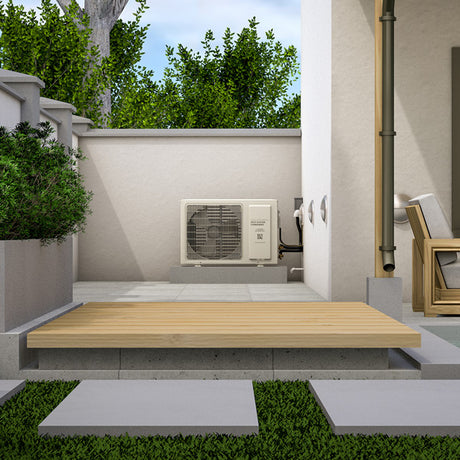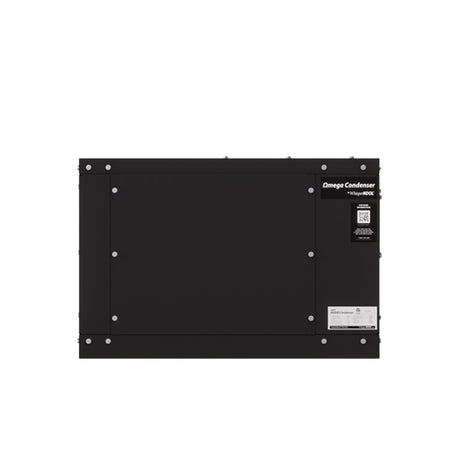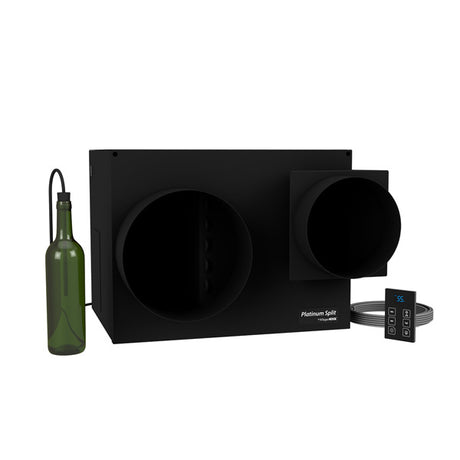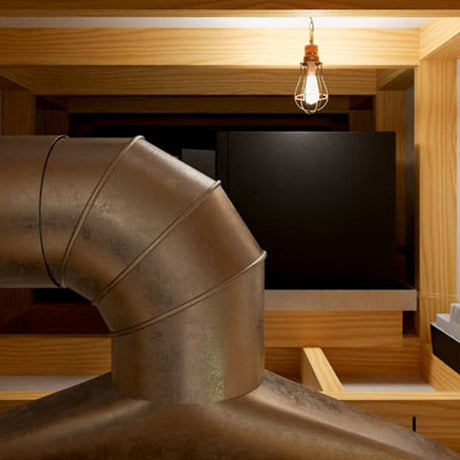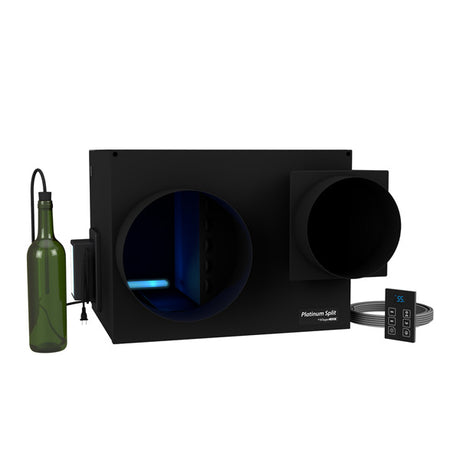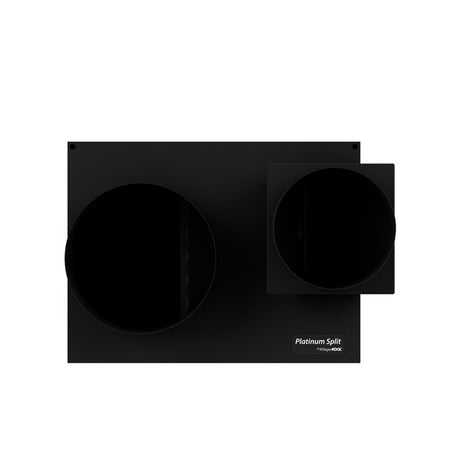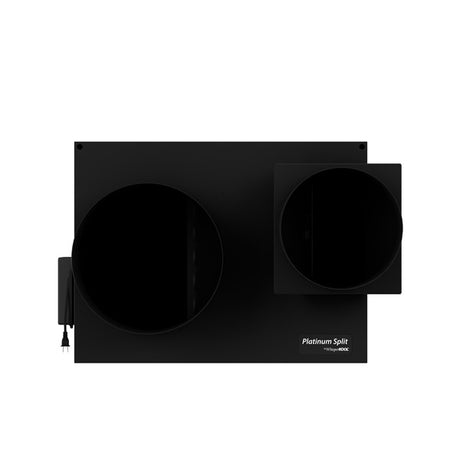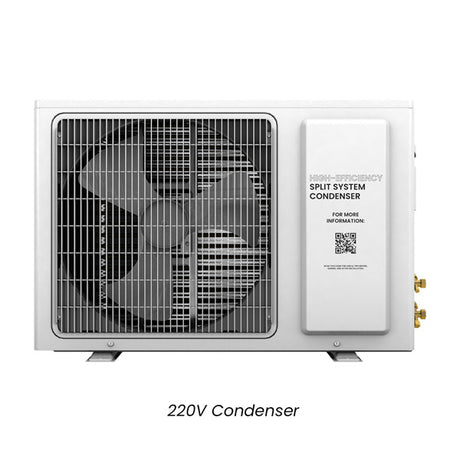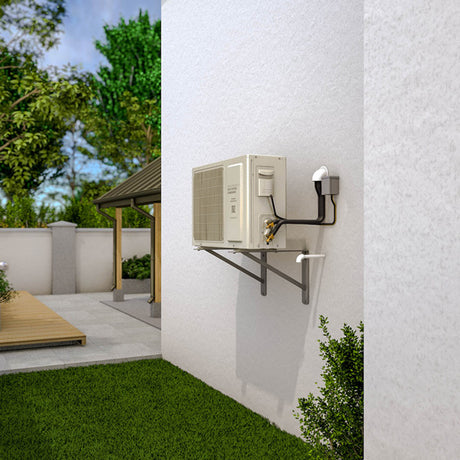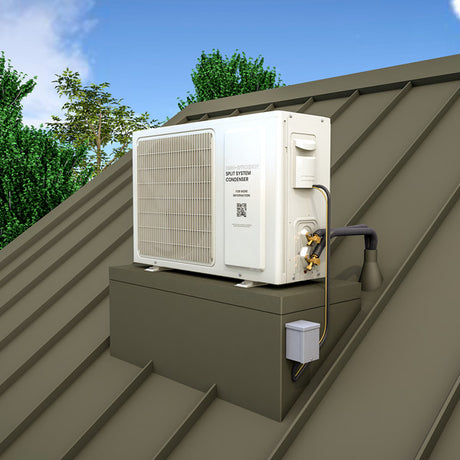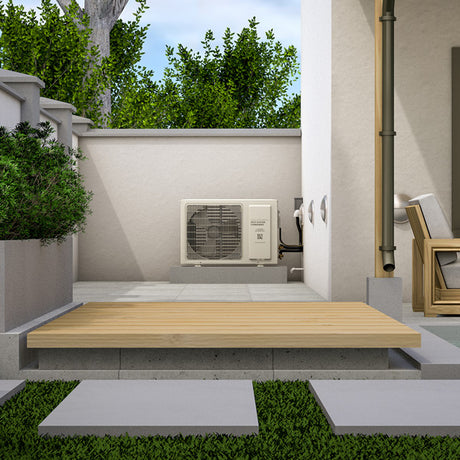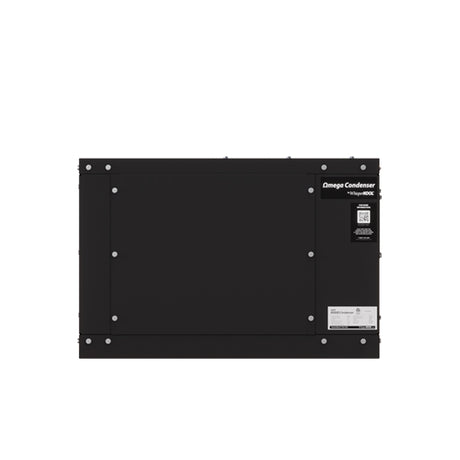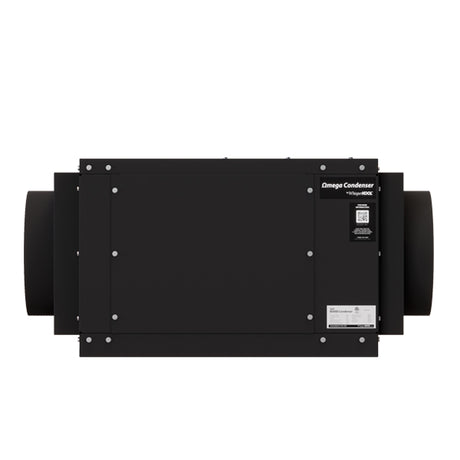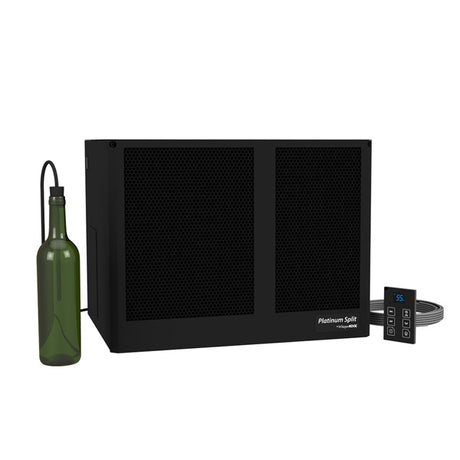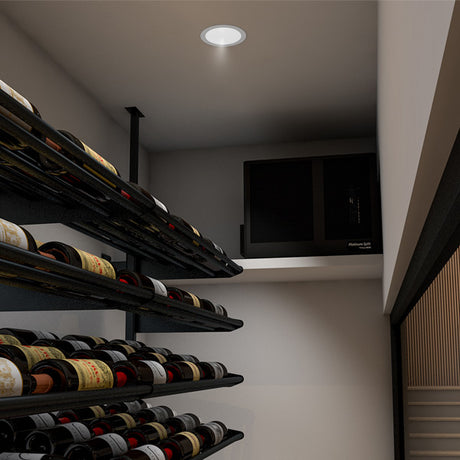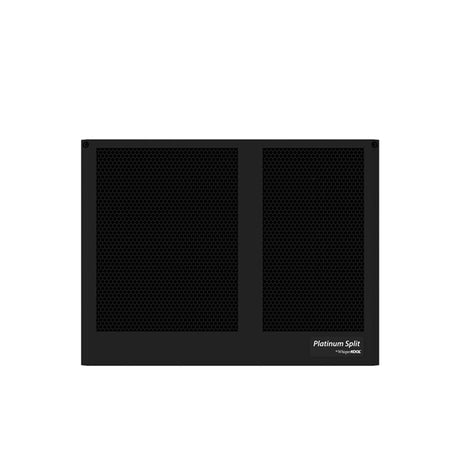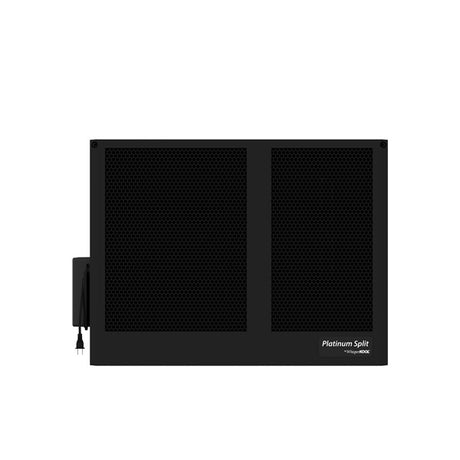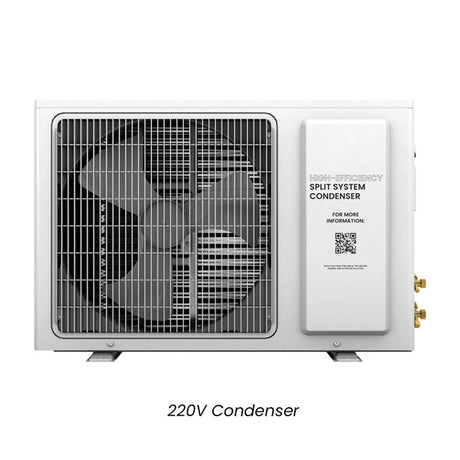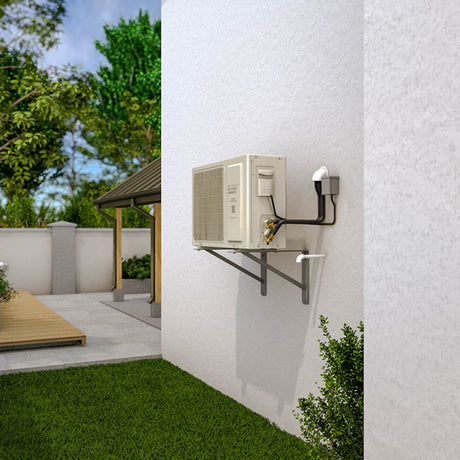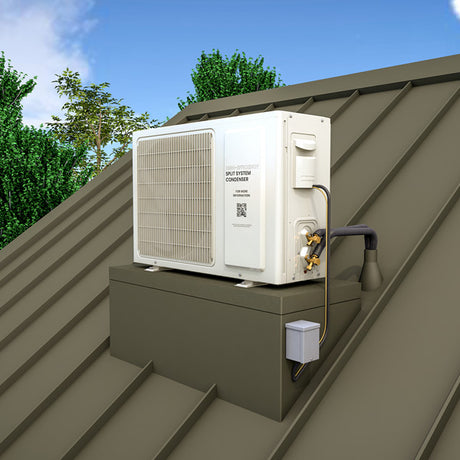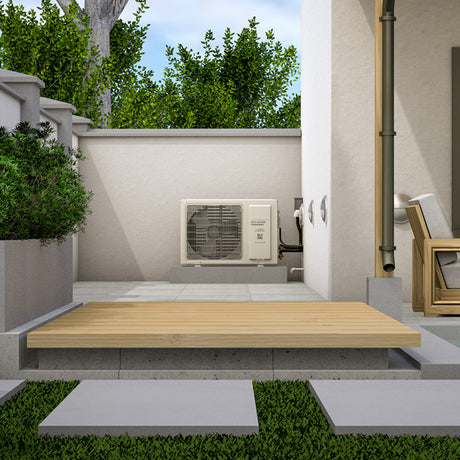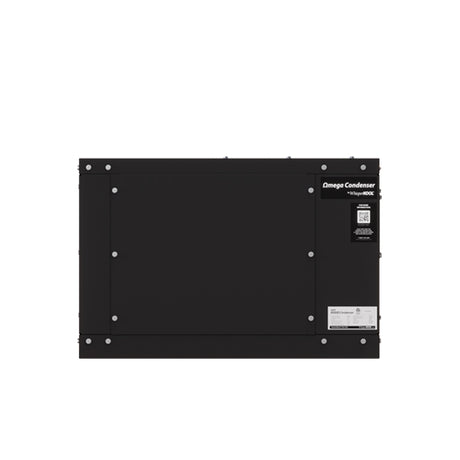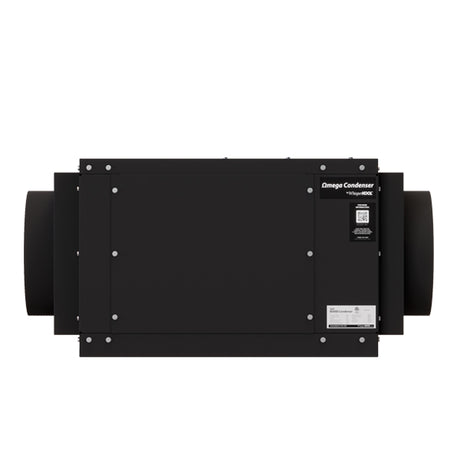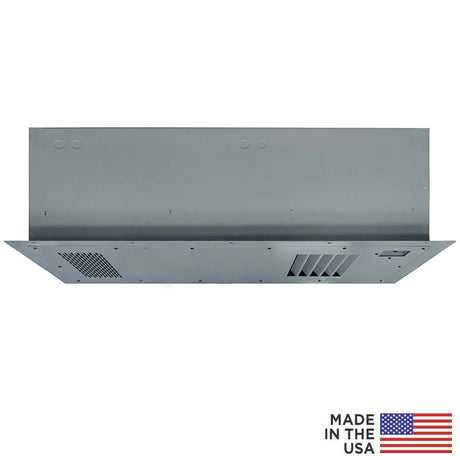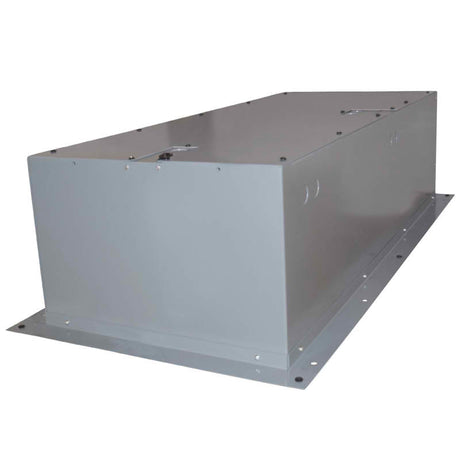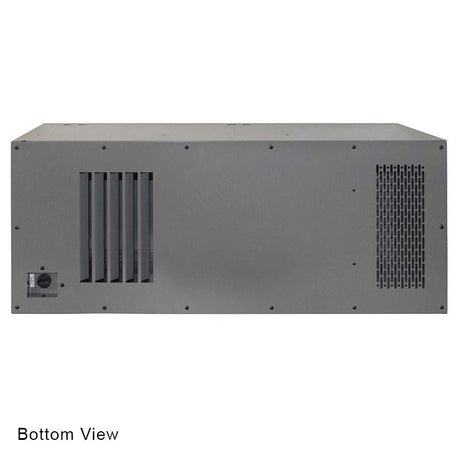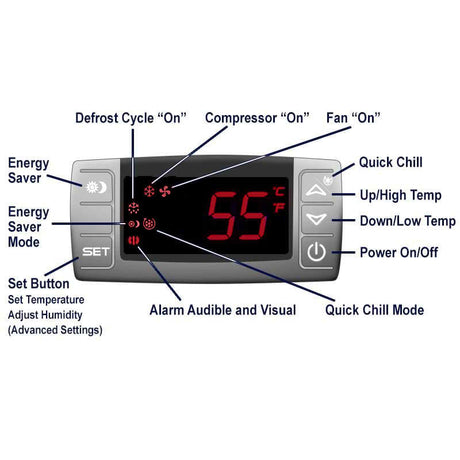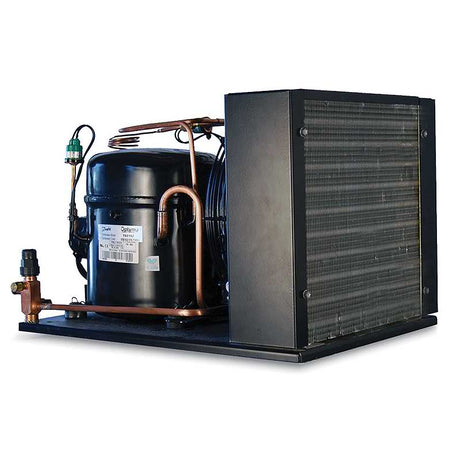WhisperKOOL
WhisperKOOL SC PRO 2000 Self-Contained Wine Cellar Refrigeration
$2,989.00Unit price /UnavailableWhisperKOOL
WhisperKOOL Extreme 3500ti - Self-Contained Wine Cellar Cooler
$4,965.00Unit price /UnavailableWhisperKOOL
WhisperKOOL Ceiling Mount 4000 Wine Cellar Cooling System
$7,895.00Unit price /UnavailableWhisperKOOL
WhisperKOOL Ceiling Mount 8000 Wine Cellar Cooling System
$8,255.00Unit price /UnavailableWhisperKOOL
WhisperKOOL Extreme 5000ti - Self-Contained Wine Cellar Cooler
$5,615.00Unit price /UnavailableWhisperKOOL
WhisperKOOL Fully Ducted Extreme 3500tiR Wine Cellar Cooler
$6,159.00Unit price /UnavailableWhisperKOOL
WhisperKOOL Extreme 8000ti - Self-Contained Wine Cellar Cooler
$6,085.00Unit price /UnavailableCellarCool
CellarCool CX4400 Wine Cellar Cooling Unit (Up to 1000 cubic feet)
$2,489.00Unit price /UnavailableWhisperKOOL
WhisperKOOL Platinum Split 8000 Ducted Wine Cellar Cooling System
$7,595.00Unit price /UnavailableWhisperKOOL
WhisperKOOL Platinum Ductless Split 8000 Wall Mounted Wine Cellar Cooling System
$7,595.00Unit price /UnavailableWhisperKOOL
WhisperKOOL Fully Ducted Extreme 5000tiR Wine Cellar Cooler
$6,739.00Unit price /UnavailableWhisperKOOL
WhisperKOOL Platinum Split 4000 Ducted Wine Cellar Cooling System
$7,255.00Unit price /UnavailableWhisperKOOL
WhisperKOOL Platinum Split 4000 Wall Mounted Wine Cellar Cooling System
$7,455.00Unit price /UnavailableCellarPro
CellarPro 4000Scmr Recessed Ceiling Mount | Wine Cellar Cooling System | up to 1000 cubic feet
$5,695.00Unit price /UnavailableWhisperKOOL
WhisperKOOL Fully Ducted Extreme 8000tiR Wine Cellar Cooler
$7,335.00Unit price /Unavailable
How to Keep Larger Cooling Units Stable During Seasonal Temperature Changes

Your large wine cellar cooling unit must maintain stable conditions throughout all seasons to preserve your wine quality.
You have tasted the complexity of a 1990 Barolo and the fragility of a young white Burgundy. Now imagine either one sacrificed because your “premium” unit could not handle a July heatwave in Dallas or a cold snap in Aspen.
Sound dramatic? It is not.
A large cellar - say, 1,200 to 2,500 cubic feet - is not just a room. It is a living, breathing thermal system with memory, inertia, and attitude. It is the Château Lafite of construction zones. And every seasonal shift pushes it closer to failure if your cooling system is not precision-matched.
Why BTUs Are Not Enough (And Often Mislead)
Sure, BTUs (British Thermal Units) are the stat you see on every box. But think of it like engine horsepower - it only tells you so much without understanding torque, gearing, and weight. A 10,000 BTU unit may fail miserably in a poorly insulated space or overperform in the wrong place, short-cycling itself to death.
For cellars above 1,000 cu. ft., you will want 4,000–6,500 BTUs/hour if your insulation is up to code. If you have got walls sucking heat like a Vegas penthouse, you are looking at 8,500–12,000 BTUs/hour.
How Thermal Lag Affects Cooling System Responsiveness
Thermal lag happens when the massive walls, racking, bottles, and air all move at different speeds. It is like the opposite of a Tesla - it takes forever to respond. If you do not model this in your cooling setup, the system chases a temp that is already shifted, always lagging behind.
Run a Manual J or S HVAC calc (yes, even if your builder shrugs). Have them simulate heat loads from:
- Nearby server rooms or kitchens
- Recessed lighting
- Large exterior-facing glass
- Basement concrete walls in summer
Most installers of a custom wine cellar skip this. That is why most systems fail.
How Humidity Control Prevents Cork Damage and Mold Growth
Let your humidity drop under 50%, and corks dry out like firewood. Go over 75%? Welcome to your mold gallery. You want a unit with integrated humidifiers or pairing with a dedicated climate module.
The magic zone: 50–70% RH. Anything outside that, and you are either losing cork elasticity or wallpapering with fungus.
Pro Tip: Ever see a cork bulge slightly from the bottle neck, or labels curl at the edge? That is not “patina.” That is your system crying for help.
We've got a detailed analysis of wine cellar size here.
If your wine can taste seasonal shifts, so can your guests. And the fix? It starts with silence.
Choosing the Quietest Wine Cellar Refrigeration System for Luxury Homes
A wine cellar cooling unit must operate quietly to preserve the ambiance and avoid disturbing collectors and guests.
Picture this: a low-lit tasting room, ambient jazz drifting from hidden ceiling speakers, the scent of cedar from your custom racking. Then - whirrrrrrrr. Your cooling unit kicks on like a Shop-Vac in a monastery.
Atmosphere, gone. And if you think your guests will not notice - try decanting a 1982 Mouton while overexplaining “compressor acoustics.”
Split Systems Offer Noise Control by Relocating the Condenser

Split cooling systems move the noisy condenser to another part of the home - or outside entirely. But improper install? That noise returns through copper lines and ductwork like a bad echo in a Frank Lloyd Wright atrium.
Line sets should stay within 50 ft. horizontal and 20 ft. vertical, with anti-vibration clamps every 4–6 ft. Anything more, and you are entering a world of pressure loss, refrigerant lag, and rattling ducts.
Ducted Cooling Systems Deliver Quiet Performance with Proper Airflow

A ducted system is like the Rolls-Royce of cellar cooling - engineered to glide silently, with everything tucked out of sight. Just make sure your airflow is not strangled.
For systems pushing 400–600 CFM, go with 10" diameter supply ducts and 8" returns. If duct static pressure exceeds 0.4” WC, you are basically playing flute solos every time the fan kicks in.
Scroll Compressors Are Quieter Than Reciprocating Units
Reciprocating compressors are the kitchen blender of cooling. Scroll compressors? They are more like a whispering valet. Look for variable-speed scroll compressors for gradual ramp-up and fewer audio surprises.
Scrolls run around 40–48 dB. Recips? 55–65 dB. That is the difference between whispering in a library and vacuuming next to your decanter.
Picture a Malibu collector who installed a gorgeous ducted system… and still heard faint gurgling. Why? His installer used non-insulated ducts. Total cost to replace? $2,200 and a very awkward apology during a sommelier-hosted dinner.
Acoustic invisibility is not a bonus - it is a design principle. But what happens when your 800-bottle collection becomes 1,400?
How to Choose a Scalable Cooling System for a Growing Wine Collection

A proper wine cellar cooling unit must adapt to bottle count growth and airflow challenges over time.
Let us be honest - you do not plan to “just collect a few.” That is like saying you will “only get a couple tattoos.” You start with a few prized Cabs, maybe a horizontal of first-growth Bordeaux. Then it happens.
- A Napa cult auction invite
- A Champagne house release
- That 6-liter Imperial you swore you would never buy
Now your wine room is not just full - it is a humidified Rubik’s cube.
Why Airflow and Circulation Matter in a Large Cellar
The real enemy is not temp - it is stagnant air. Add racks, double-stacked bottles, and tight spacing, and airflow plummets. If your system cannot compensate, you will get microclimates - cool in the corners, warm in the core.
Target 10–12 CFM per 100 cu. ft. of space. For 1,500 cu. ft.? You need 150–180 CFM minimum, ideally more if airflow obstructions exist.
Dual-Zone Cooling Supports Varied Aging and Service Needs
Want to age Barolo and serve Champagne from the same cellar? You will need dual-zone or zone-shifting logic - systems that track bottle density, usage patterns, and can pivot.
Some systems even let you “load map” zones via an app. Cool the back row where older vintages rest, while raising temps near the tasting table where bottles rotate.
Internal Heat Sources Add Hidden Load to Your Cooling System
Every 1W of lighting = 3.41 BTUs/hour of thermal load. Your gorgeous glass LED shelf lighting? 200W = 682 BTU/hr your unit has to fight on top of ambient heat.
Analogy: You are basically asking your system to run a marathon while juggling fire.
You should also consider how this works with your wine racking system. We have a suitable range of large wine racks here.
Bigger collections mean bigger responsibility. But let us talk control - because even the best gear is useless if you do not know it is failing.
Best Wine Cellar Monitoring Systems for Temperature and Humidity Control

Smart wine cellar cooling units send alerts and store data to protect collections even when owners are away.
You can eyeball a steak, but not a cellar. If the temp creeps to 63°F while you are in Telluride, your Romanée-Conti is not texting you.
You need climate data. Alerts. Graphs. A dashboard, not a blinking light on a beige box.
Wireless Sensors Let You Track Cellar Conditions in Real-Time
Top-tier systems now ship with full WiFi/Cloud dashboards, or pair with aftermarket sensors like SensorPush G1 or Inkbird ITH-20. These track:
- Temp, humidity, ambient fluctuations
- Cycle intervals
- Compressor status
- Voltage events
SensorPush logs ±0.2°C, ±2% RH, syncs every 60 seconds, and stores 20 days of history offline. Better than most somm logs.
Predictive Diagnostics Help You Fix Problems Before They Escalate
Some units do not just report errors - they predict them. Think power draw spikes, cycle compression anomalies, or failing thermal relays - all flagged before you hear the dreaded silence of a dead unit.
Smart Home Integration Automates Cellar Safety
Using Crestron, Savant, or Control4? Integrate cellar alerts into your household system. Let your butler (or app) know when cellar humidity drops at 2AM.
Real Tip: Add a relay-controlled smart plug that kills the unit on power surge, then automatically reboots with last settings. Avoids burnout and $20K wine spoilage.
Your wine is aging in silence. Make sure your system does not die the same way.
Now… what happens when things go wrong anyway?
Essential Failsafes in High-End Wine Cellar Cooling Systems

Wine cellar cooling systems must include built-in failsafe features to prevent catastrophic fine wine loss.
In this game, “oops” does not mean an error message. It means oxidized Petrus and sobbing in linen pants. You need redundancy engineered like a jetliner - quiet, invisible, and there when it matters.
Dual Evaporators Allow Systems to Continue if One Side Fails
Fail one side? The other takes over. Or if you are zoning, you keep at least half your inventory alive until repair.
For cellars over 1,800 cu. ft., dual-evap systems are not nice - they are non-negotiable. Add asymmetric load balancing if you run dual-use rooms (e.g., tasting + aging).
Hot Gas Bypass Valves Reduce Wear on the Compressor
When load drops, compressors short-cycle. Over time, this fries the motor. HGBP allows units to keep running at low load without slamming the brakes each time.
Without it? You could get 60+ cycles/day under low load vs. 12–15/day with it.
Protective Coatings Are Critical in Coastal Homes
Living within 5 miles of saltwater? Insist on ASTM B117 epoxy-coated copper coils. Rated for 1,000 hours salt exposure.
Failsafes are your cellar's bodyguard. But what if you do not want to lift a finger after install? Let us wrap with the lazy man’s dream system.
Low-Maintenance Wine Cooling Systems That Run Without Constant Servicing

Luxury wine cellar owners want cooling units that require minimal maintenance after installation.
This is your sacred space. Not your side hustle.
You should not need a service tech to babysit it. You should not fear vacations. You should forget it is there - until you toast its success.
Filter-Free Designs Reduce Cleaning and Blockage Issues
Modern high-end systems use electrostatic mesh or active airwash tech. No filters. No weekly cleanouts. Nothing to forget.
Built-In Pumps Handle Condensate in Basement Installs
Basement cellar? Use a condensate pump rated for 20 ft. lift, with <35 dB operation and a failover float switch.
Mold-Resistant Coils and Auto-Purging Prevent Bacteria Build-Up
Look for silver-ion antimicrobial coatings, or coils compliant with NSF/ANSI 51. Some include auto-purging on shutdown cycles.
Serviceable Front Panels Make Maintenance Easier
Do not cage your evaporator in walnut millwork. Choose front-serviceable panels, QR-coded install docs, and tool-less coil access.
If you find yourself troubleshooting drain pan overflows in a tuxedo, you have already lost.
If you're currently planning your wine cellar, read our complete guide here.

